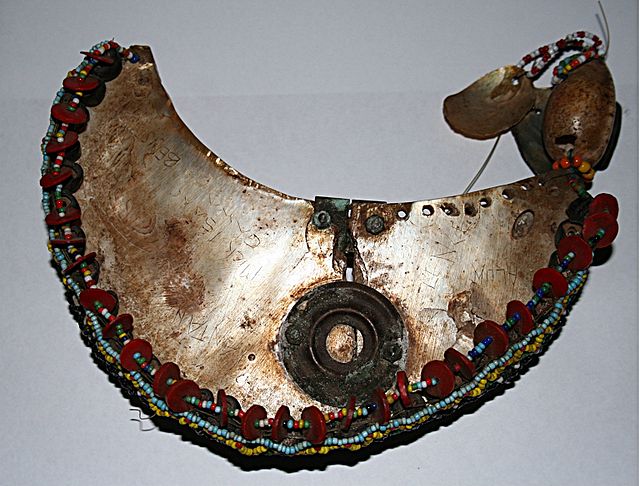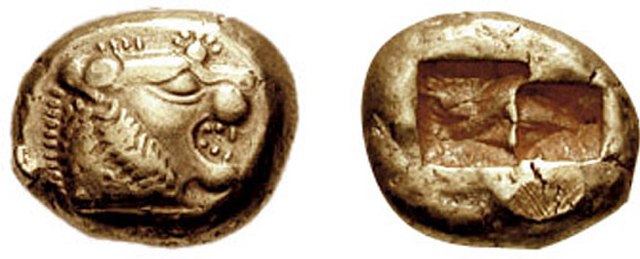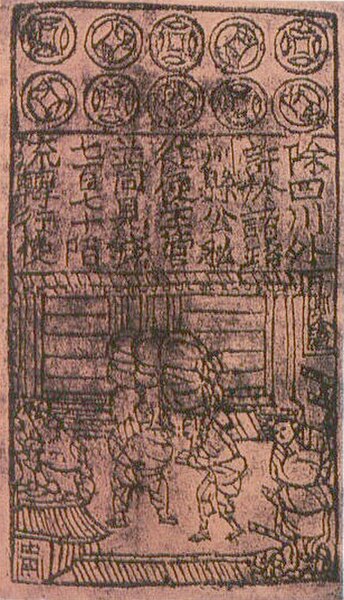A gift economy or gift culture is a system of exchange where valuables are not sold, but rather given without an explicit agreement for immediate or future rewards. Social norms and customs govern giving a gift in a gift culture; although there is some expectation of reciprocity, gifts are not given in an explicit exchange of goods or services for money, or some other commodity or service. This contrasts with a barter economy or a market economy, where goods and services are primarily explicitly exchanged for value received.
A Kula necklace, with its distinctive red shell-disc beads, from the Trobriand Islands
Watercolor by James G. Swan depicting the Klallam people of chief Chetzemoka at Port Townsend, with one of Chetzemoka's wives distributing potlatch
Wedding rings could be considered a commodity, pure gift, or both.
Three tongkonan noble houses in a Torajan village
Money is any item or verifiable record that is generally accepted as payment for goods and services and repayment of debts, such as taxes, in a particular country or socio-economic context. The primary functions which distinguish money are: medium of exchange, a unit of account, a store of value and sometimes, a standard of deferred payment.
Banknotes and coins
A 640 BC one-third stater electrum coin from Lydia. According to Herodotus, the Lydians were the first people to introduce the use of gold and silver coins. It is thought by modern scholars that these first stamped coins were minted around 650 to 600 BC.
Song Dynasty Jiaozi, the world's earliest paper money
Printing paper money at a printing press in Perm








